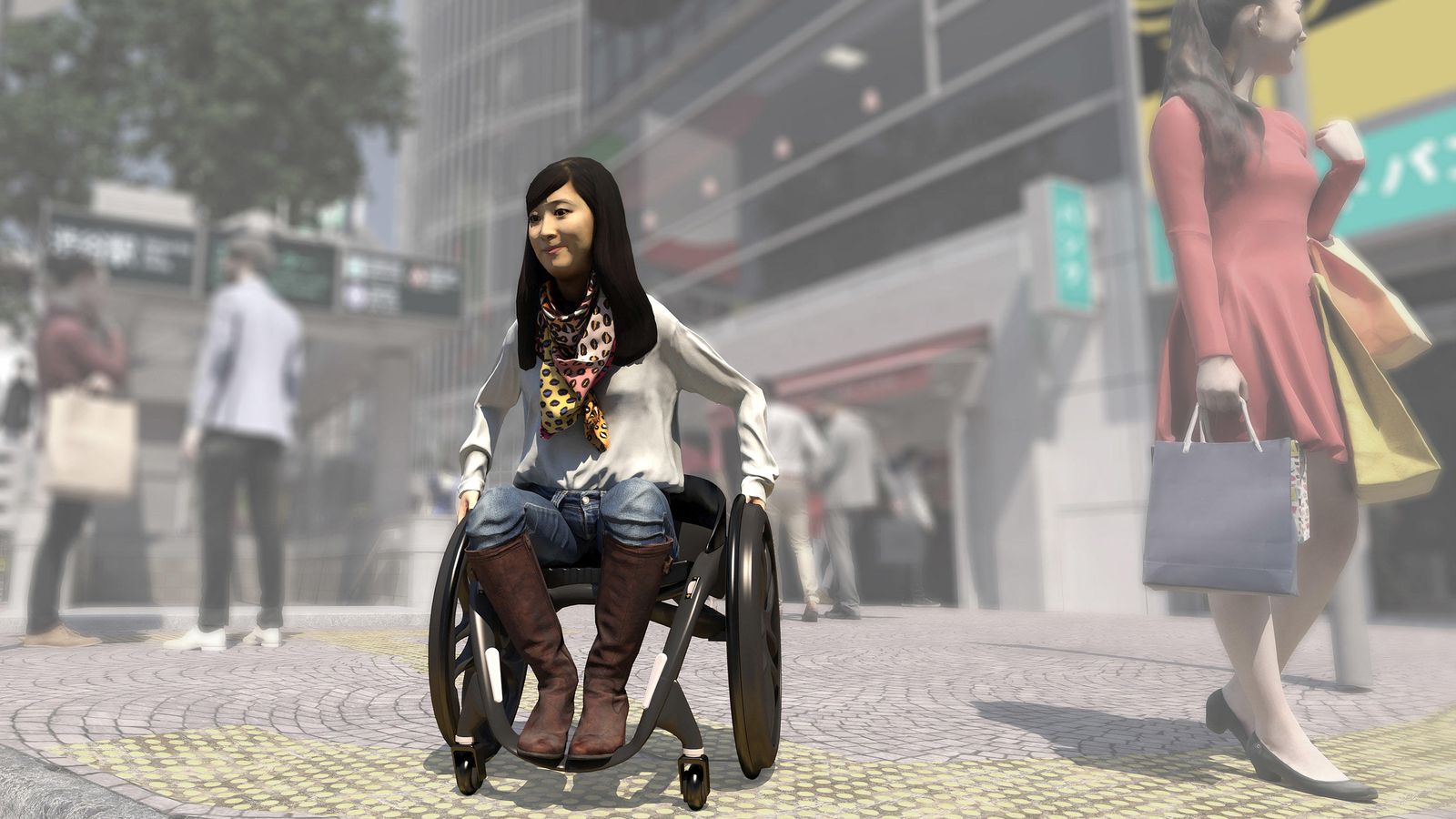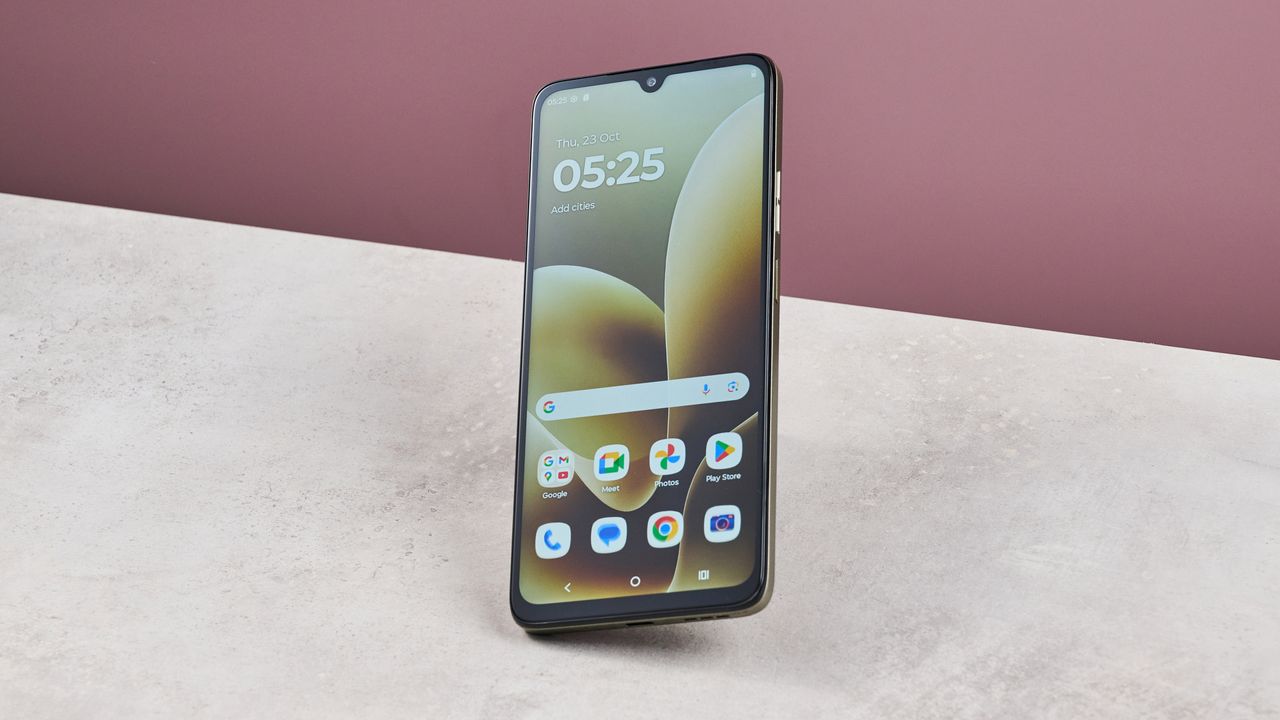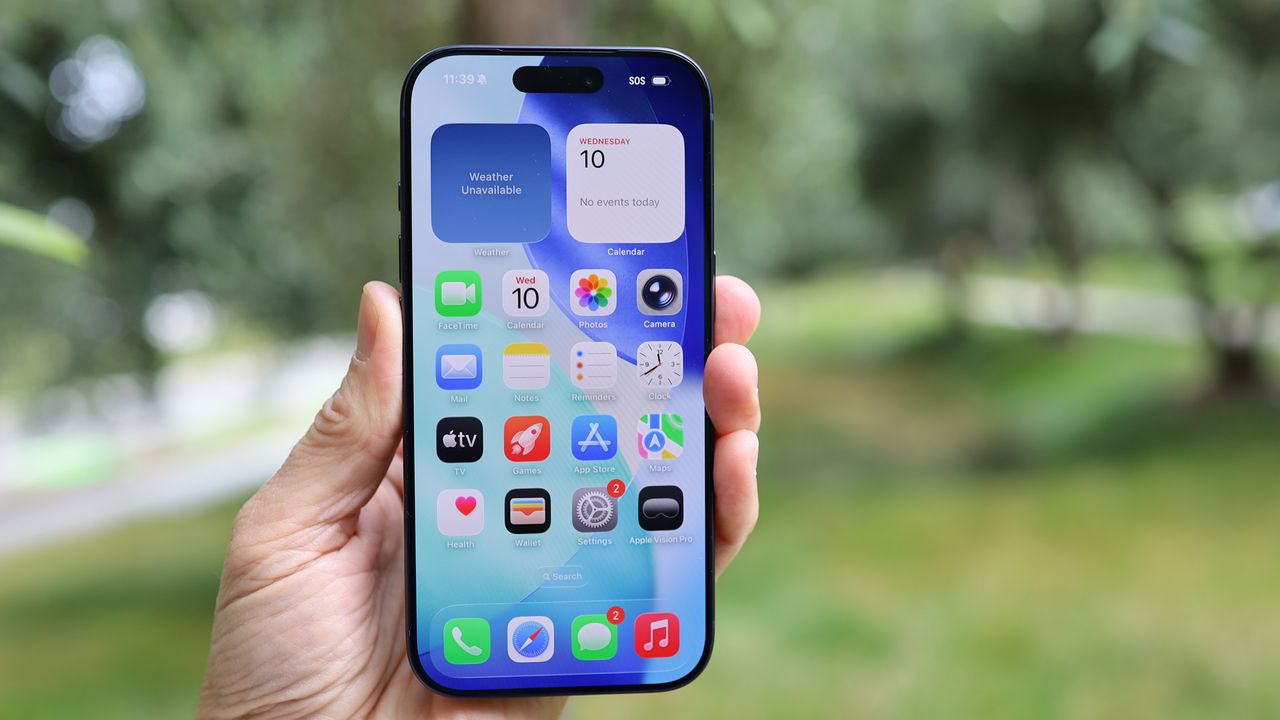
People with disabilities face challenge after challenge. Think about a person with a physical disability, who uses a wheelchair trying to navigate the built environment, only to be faced with stairs instead of a ramp or an elevator. There is the perception that the problem is with the individual, because they, of course, have a disability. But let’s consider for a moment that it’s not the individual with the “problem”, but rather the way that spaces are designed and built. Rather than building a set of stairs, and a ramp or elevator. Perhaps one could be eliminated. That is known as universal design.
But what if we could take this one step further, and change the design of the wheelchair itself. Imagine how a person with a disability could navigate an existing space if only their wheelchair was designed differently. Toyota announced the Mobility Unlimited Challenge at the Consumer Electronics Show, where they are asking engineers, innovators
Globally, approximately 15% of the population has a disability. Now, that statistic represents people across all disability groups, including mobility, hearing, vision, cognitive, learning, mental health etc. In general, people with disabilities are a group of people who don’t experience full integration, participation or even independence. Which is why it’s so great to see initiatives like this one, because it will improve people’s abilities.
Nesta’s prize design manager, Charlotte Macken explains:
“Current personal mobility devices are often unable to fully meet the needs of users due to limitations affecting functionality and usability. T
his can make the field unattractive to the very people who could help change the world. We hope that challenges like this can inspire innovation and are excited to see how the five finalists use this opportunity to develop their ideas further.”
One idea, is a practical idea, that would allow people with disabilities to wheel-on to an electric device, in order to get around. Think bike share. The person wheels themselves onto this particular device, and it will take you wherever you need to go. Of course, this is one device that would really need to ensure that the built environment was accessible, or this wouldn’t be much of a step up. Don’t get me wrong – I love the idea. I think this one needs a bit more thought and maybe some discussion.
Another idea, is Qolo (quality of life with locomotion) gives us a mobile exoskeleton-on-wheels to assist sitting and standing, which would remove the chair element of the wheelchair. This idea is one that I think would be great as it has the potential to rehabilitate muscles over time. There are non-intrusive sleeves that wrap around the user’s legs and the sensors track walking motion, which stimulate the correct muscles at the right time, in order to improve mobility.
I love the idea that Toyota is helping to improve the way that we think about design. I also love the fact that this is being incorporated as part of CES. And lastly, I love the fact that technology is part of the conversation as we think about ways that we can improve the lives of people with disabilities.



